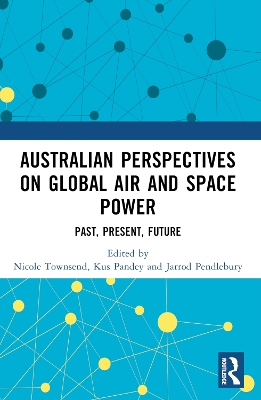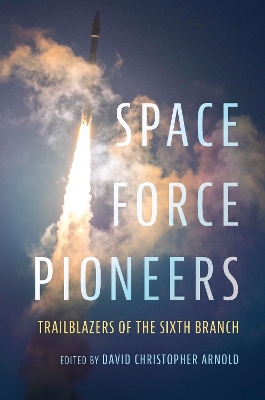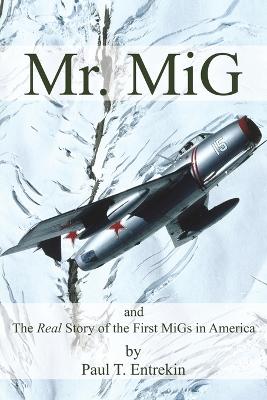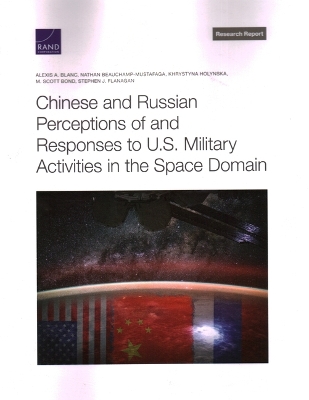Australian Perspectives on Global Air and Space Power
 portes grátis
portes grátis
Australian Perspectives on Global Air and Space Power
Past, Present, Future
Townsend, Nicole; Pendlebury, Jarrod; Pandey, Kus
Taylor & Francis Ltd
10/2024
226
Mole
9781032137391
15 a 20 dias
Descrição não disponível.
Introduction: An Australian Perspective on Air and Space Power Part One: Historical Perspectives 1. Military Aviation in the British Dominions before the First World War 2. The Australian Prisoner of War Experience in Stalag Luft III, 1942-45 3. Sir James Rowland and the Changing Strategic Use of Air Power in Australia, 1942-1979 4. Australian Air Power Strategy, Technologies, and Counter-insurgency in Malaya during the Cold War Part Two: Identity and Culture 5. The Importance of Asking Why the Royal Australian Air Force Exists 6. Identity as a Gatekeeper in Western Air Forces 7. The RAAF and the Tyranny of Training Part Three: Technology and Air Power 8. Human, Organisational, and Technological Lessons from Air Power and Joint Operations in Major Conflict 9. The Privatisation of Air Power 10. Hypersonic Propulsion as an Air Power Disruption or Disturbance 11. Military Culture and Resistance to Technical Innovation 12. Rubbery Assumptions: Anti-G Suits and Air Power in the Second World War Part Four: Air and Space Power in the 21st Century 13. Ethics, Strategy, and Australian Air Power in the 21st Century 14. Manoeuvre in the 21st Century 15. An Overview of Australian Space Power, from Desert Rockets to New Beginnings Part Five: Future Directions 16. Can the ADF become the Most Uncrewed and Autonomy-enabled Defence Force in the World? 17. Space Power and the Vulnerabilities of Satellites 18. Considering the Effects of Disruptive Technologies on Air and Space Power 19. Conclusion
Este título pertence ao(s) assunto(s) indicados(s). Para ver outros títulos clique no assunto desejado.
United Kingdom;New Zealand;United States;manoeuvre;disruptive technology;drones;reconnaissance;anti-G suits;foreign policy;unmanned aerial systems road map;hypersonic air power;surveillance;special force;Australian Defence Force Academy;social identity diversification;minority representation;Socratic dialogue;Malayan Emergency;defence strategy;RAAF;James Rowland;active disruption;prisoner war camps;Stag Luft III;Luftwaffe;Anglo-Indian army;british empire;second world war;first world war;aviation history;gender;Air Power;Space Power;Space Domain;Squadron Royal Australian Air Force;Air Domain;Stalag Luft III;Employ Air Power;Space Capability;Australian Space;Global Air Forces;Independent Air Force;Australia's Space;Air Power Capabilities;ICBM;Ground Force;Army;Young Men;Air Power Theorists;Kessler Syndrome;ISR Capability;Australian Government
Introduction: An Australian Perspective on Air and Space Power Part One: Historical Perspectives 1. Military Aviation in the British Dominions before the First World War 2. The Australian Prisoner of War Experience in Stalag Luft III, 1942-45 3. Sir James Rowland and the Changing Strategic Use of Air Power in Australia, 1942-1979 4. Australian Air Power Strategy, Technologies, and Counter-insurgency in Malaya during the Cold War Part Two: Identity and Culture 5. The Importance of Asking Why the Royal Australian Air Force Exists 6. Identity as a Gatekeeper in Western Air Forces 7. The RAAF and the Tyranny of Training Part Three: Technology and Air Power 8. Human, Organisational, and Technological Lessons from Air Power and Joint Operations in Major Conflict 9. The Privatisation of Air Power 10. Hypersonic Propulsion as an Air Power Disruption or Disturbance 11. Military Culture and Resistance to Technical Innovation 12. Rubbery Assumptions: Anti-G Suits and Air Power in the Second World War Part Four: Air and Space Power in the 21st Century 13. Ethics, Strategy, and Australian Air Power in the 21st Century 14. Manoeuvre in the 21st Century 15. An Overview of Australian Space Power, from Desert Rockets to New Beginnings Part Five: Future Directions 16. Can the ADF become the Most Uncrewed and Autonomy-enabled Defence Force in the World? 17. Space Power and the Vulnerabilities of Satellites 18. Considering the Effects of Disruptive Technologies on Air and Space Power 19. Conclusion
Este título pertence ao(s) assunto(s) indicados(s). Para ver outros títulos clique no assunto desejado.
United Kingdom;New Zealand;United States;manoeuvre;disruptive technology;drones;reconnaissance;anti-G suits;foreign policy;unmanned aerial systems road map;hypersonic air power;surveillance;special force;Australian Defence Force Academy;social identity diversification;minority representation;Socratic dialogue;Malayan Emergency;defence strategy;RAAF;James Rowland;active disruption;prisoner war camps;Stag Luft III;Luftwaffe;Anglo-Indian army;british empire;second world war;first world war;aviation history;gender;Air Power;Space Power;Space Domain;Squadron Royal Australian Air Force;Air Domain;Stalag Luft III;Employ Air Power;Space Capability;Australian Space;Global Air Forces;Independent Air Force;Australia's Space;Air Power Capabilities;ICBM;Ground Force;Army;Young Men;Air Power Theorists;Kessler Syndrome;ISR Capability;Australian Government







